✓ Joining us on our Whatsapp Channel: 💬 Explore and Escape!.
Booking through us:
✓ 🏩 🛌 Handpicked Luxury Stays in Budget: Booking.com | Agoda.com
✓ 🍹⛱️ Deals on Private xfers, SIM Cards, City tours, Day trips : 📍🗺️ GetYourGuide | 🛵🧳 Klook
There are an array of things to do in Japan, with Kurayoshi sharing quite a few of those!
Nestled amongst the tranquil landscapes of Japan lies a hidden gem – Kurayoshi, a city that offers a plethora of experiences to satisfy your wanderlust.
From exploring its well-preserved historic architecture to relishing its gastronomy, Kurayoshi unveils a world of possibilities waiting to be discovered.
So, gear up to immerse yourself in the charm of Kurayoshi, and let its captivating aura take you on a journey of a lifetime.
Without further ado listed below are some of the most fun things to do in Kurayoshi:
1. Mitokusan Sanbutsu-ji Temple

Mitokusan Sanbutsu-ji Temple is a historic temple located on Mount Mitoku in Kurayoshi, Japan.
The temple dates back over a thousand years and features stunning architecture, beautiful gardens, and breathtaking views of the surrounding mountains.
What to see or do: Visitors can explore the temple complex and its many buildings, including the Shinto shrine and the main hall, which houses a statue of the Buddhist deity Fudo Myo-o.
Take a scenic hike along the mountain trails to see the three secret halls of worship hidden within the cliffs of Mount Mitoku.
Don’t miss: The Nageiredo Hall is a must-see attraction, as it is perched precariously on a steep cliff and can only be reached by climbing a steep staircase carved into the rock face.
Another highlight is the Kanko-ryu no I, a picturesque pond filled with colorful carp.
Insider travel tips: Be sure to wear comfortable shoes and bring plenty of water as the mountain hiking trails can be challenging. Visit during the autumn months to see the stunning fall colors on the surrounding mountains.
It’s also recommended to book a guided tour for a more in-depth experience.
2. Kurayoshi Retro Kan

Kurayoshi Retro Kan is a museum located in Kurayoshi City, Japan that showcases the culture and heritage of the Tottori prefecture.
What to see or do: Explore the exhibits and learn about the history of the region through various displays and interactive activities. See traditional crafts, clothing, and tools, and enjoy the peaceful atmosphere of the museum.
Don’t miss: The old-fashioned Japanese candy shop where you can try some delicious treats and take home a sweet souvenir. The museum’s garden is also a must-see with its beautiful flowers and serene pond.
Insider travel tips: Take advantage of the museum’s English audio guide to fully understand the displays and exhibits. Don’t forget to also visit the neighboring Kurayoshi Uchimachi and Kurayoshi Shiryokan museums to complete your cultural experience in Kurayoshi.
3. Yakimono no Sato
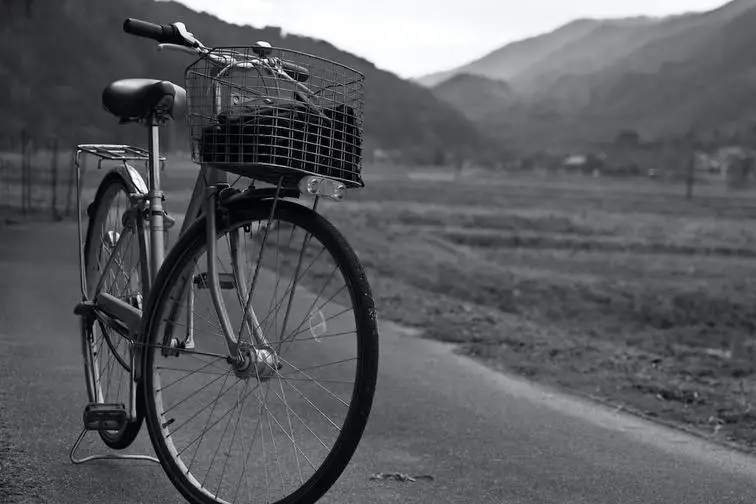
What to see or do:
Don’t miss:
Insider travel tips: Wear comfortable shoes for walking around the village, try the local specialty dish “kawara soba” (soba noodles served on a hot tile), visit in the autumn for beautiful foliage views.
4. Tottori Fujigane Beach
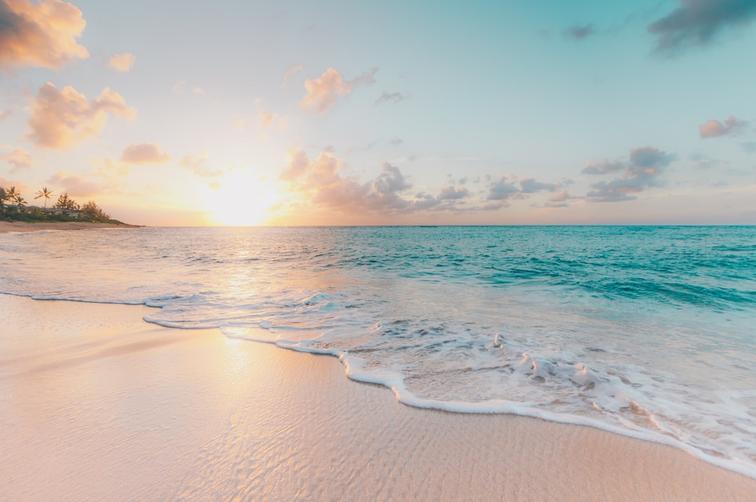
A scenic beach located in Kurayoshi, Tottori Prefecture, Japan.
What to see or do: Enjoy swimming and sunbathing in clear blue waters and golden sands, and take in stunning views of Mount Daisen.
Don’t miss: Witnessing the spectacular sunset over the Sea of Japan while lounging on the beach.
Insider travel tips: Be sure to visit during the summer months (June to August) for the best weather and swimming conditions. Don’t forget to try the fresh seafood from local vendors and restaurants.
Additionally, take a stroll along the extensive walking trails that offer impressive views of the coastline.
5. Yokone Yakisoba
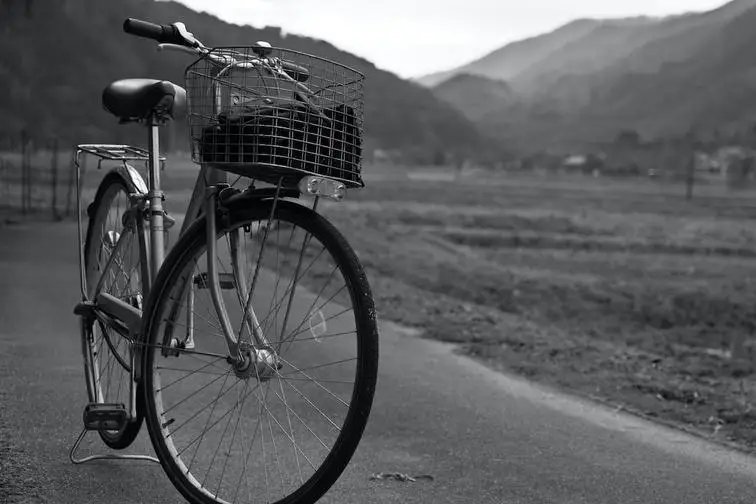
Local specialty food in Kurayoshi, Tottori Prefecture, Japan.
What to see or do: Visit restaurants and shops in Kurayoshi to try different variations of Yokone Yakisoba.
Yokone Yakisoba is a type of Japanese fried noodles made with thick, chewy wheat noodles, vegetables, and meat or seafood, all fried together.
It is a popular dish in Tottori and is said to have originated in Yokone, a town in Kurayoshi.
Don’t miss: The chance to try the original Yokone Yakisoba in the town of Yokone at restaurants such as Yokone Yakisoba Honpo or Yokone Yakisoba Jiro.
Other notable variations include Katsudon Yakisoba (with fried pork cutlets), Soup Yakisoba (with broth), and Ebi Yakisoba (with shrimp).
Insider travel tips: Kurayoshi is located in the Sanin region of Japan and is easily accessible by train or car from major cities such as Kyoto, Osaka, and Hiroshima.
Visit during the autumn season to admire the beautiful fall foliage while enjoying the local cuisine. Be sure to also check out other local specialties such as Kurayoshi Carp Sashimi and Tottori Wagyu Beef.
6. Tsuzumi Gate
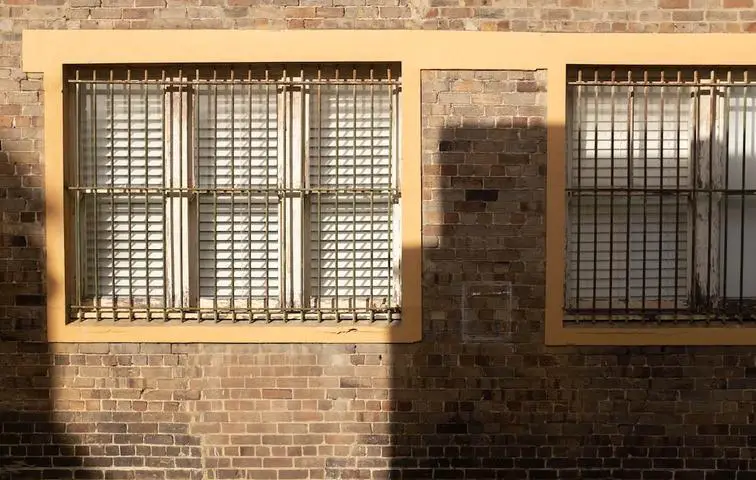
Tsuzumi Gate is a historical monument located in Kurayoshi, Japan. It was originally built during the Edo period and is now a designated Important Cultural Property.
What to see or do: Visitors can admire the impressive three-story wooden structure that features traditional Japanese architectural techniques.
One unique aspect of the gate is that it has a drum-shaped pillar that represents a Tsuzumi, a Japanese hand drum.
Don’t miss: Be sure to take a close look at the intricate details and carvings on the gate, including the dragon and phoenix motifs.
Insider travel tips: – Tsuzumi Gate is conveniently located near Kurayoshi Station, making it easy to access via public transportation.
7. Basho Shiryokan
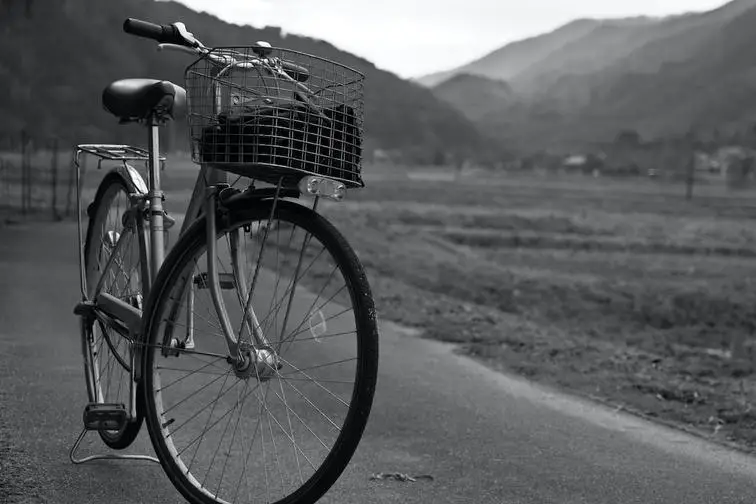
A museum dedicated to the life and works of the famous Japanese poet, Basho.
What to see or do: View Basho’s handwritten manuscripts, calligraphies, and sketches. Learn about Basho’s life and the influence he had on Japanese literature.
Don’t miss: The “Basho Road” exhibit, which recreates Basho’s famous journey to the north of Japan in 1689.
Insider travel tips: Visit in autumn to see the beautiful garden around the museum filled with colorful foliage. Combine your visit with a trip to nearby attractions such as the Kurayoshi Rice Terraces or the Tottori Sand Dunes.
8. Takei Family Residence

Historic merchant house turned museum in Kurayoshi, Japan.
What to see or do: Visitors can explore the various rooms and gardens of the Takei Family Residence, which was built in the late Edo period and served as the home and business base for several generations of merchants.
The house has been restored to its original condition and features detailed carvings, paper sliding doors, tatami-floored rooms, and other traditional architectural elements.
Visitors can also view various artifacts and personal items from the Takei family, such as clothing, utensils, and business records.
Don’t miss: The garden at Takei Family Residence is a must-see, featuring a koi pond, rock formations, and carefully manicured vegetation. In the spring, the garden is especially beautiful when the cherry blossoms are in bloom.
Insider travel tips: Be sure to wear socks without holes, as visitors are required to remove their shoes before entering the house.
The museum also offers free English audio guides, which provide detailed information about the history and significance of the Takei family.
Finally, if you’re traveling during the summer months, try to avoid visiting during the hottest part of the day, since the house has no air conditioning.
9. Kiyomizu-dera Temple

Kiyomizu-dera is an ancient Buddhist temple located in Kurayoshi, Tottori, Japan. It dates back to the Heian period and is an UNESCO World Heritage site.
What to see or do: Take in the stunning architecture, including the main hall which is built onto the side of a hill. Explore the temple grounds and enjoy the views of the surrounding area.
Visit the Jishu Shrine, where couples come to pray for love and happiness.
Don’t miss: The waterfall inside the temple grounds called the Otowa Waterfall.
Visitors can drink from the waterfall’s three streams, each of which is said to have a different benefit – longevity, success at school, and a fortunate love life.
Insider travel tips: Visit during the fall when the leaves of the maple trees turn shades of red and orange.
Take comfortable shoes, as there are a lot of stairs to climb and the temple is spread out over a large area.
In the summer months, the temple is lit up at night, creating a magical atmosphere.
10. Genbudo Park
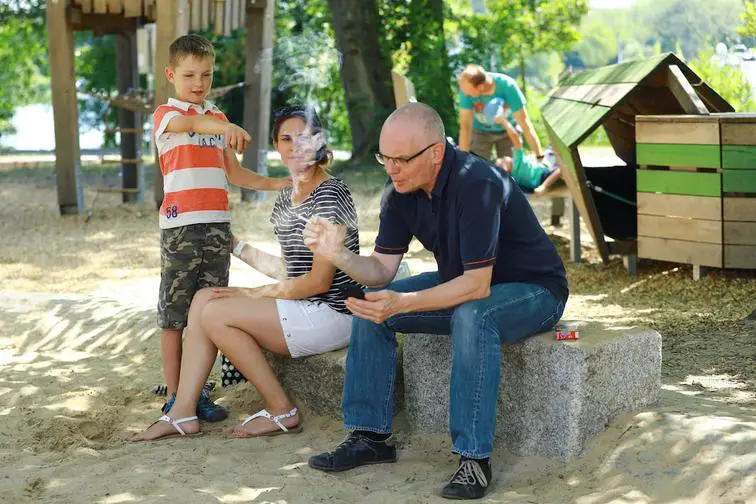
Genbudo Park is a unique geological park located in Kurayoshi, Japan. It is known for its magnificent rock formations and breathtaking views of the surrounding countryside.
What to see or do: Visitors can take a leisurely stroll along the park’s walking trails while admiring the unusual rock formations that were formed millions of years ago by volcanic activity.
There’s also a small museum on site that provides information about the park’s history and geology.
Don’t miss: Make sure to see the park’s main attraction, the Genbudo Cave. This cave is particularly impressive because of its hexagonal basalt columns that were formed by the cooling of lava.
Insider travel tips: Wear comfortable walking shoes and bring sunscreen as the park can get quite hot during summer.
It’s best to visit early in the day to avoid the crowds and to grab a bite to eat at the park’s on-site restaurant, which serves traditional Japanese foods like udon and soba noodles.
11. Washuzan Hill Restaurant Village
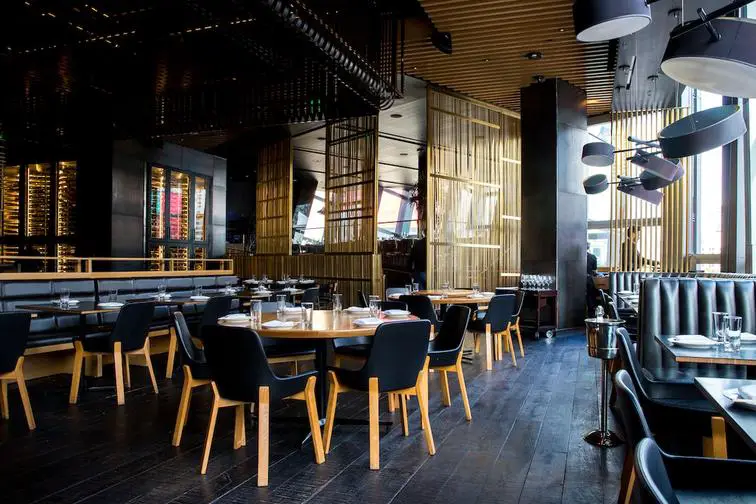
Washuzan Hill Restaurant Village is a complex of restaurants located in Kurayoshi, Japan.
What to see or do: Enjoy delicious food while taking in the stunning view of the sea and mountains. Each restaurant offers a unique menu, ranging from Japanese to Italian cuisine.
Don’t miss: Try the local specialty of Kurayoshi, the San’in Chirimen (small dried fish), prepared in different ways by each restaurant.
Insider travel tips: If visiting in the afternoon, be sure to stay for the beautiful sunset overlooking the sea. Also, the restaurants can get busy during peak hours, so plan accordingly and make reservations if possible.
12. Tsuzumi Historical Museum
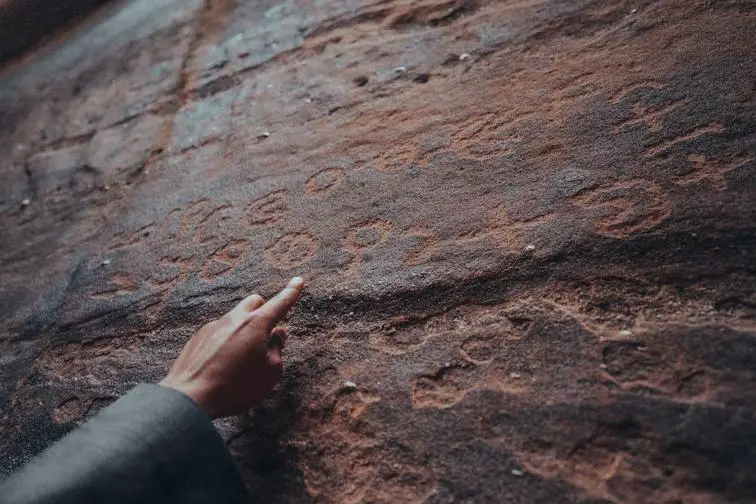
Tsuzumi Historical Museum is a museum in Kurayoshi City, Tottori Prefecture, Japan, dedicated to the tsuzumi, a traditional Japanese hand drum.
What to see or do: The museum houses a variety of tsuzumi drums from different regions of Japan and from different periods, some of which are hundreds of years old.
Visitors can learn about the history and cultural significance of the tsuzumi, as well as watch demonstrations of how it’s played.
Don’t miss: Be sure to check out the museum’s collection of tsuzumi-related artwork and artifacts, including costumes and instruments used in traditional Japanese theater.
And don’t miss the opportunity to try playing a tsuzumi drum for yourself!
Insider travel tips: If you’re interested in Japanese traditional music and dance, plan your visit to coincide with the annual Tsuzumi Festival held in Kurayoshi each September, which features performances and workshops by tsuzumi players from all over Japan.
The museum also offers tsuzumi-making workshops for those who want to try their hand at crafting their own drum.
13. Hayabusa Roman no Mori
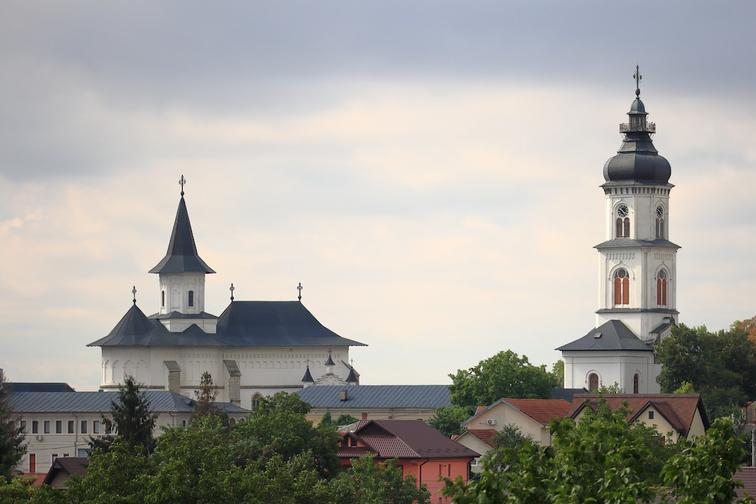
Hayabusa Roman no Mori is a theme park in Kurayoshi, Japan that celebrates the historic Hayabusa train.
What to see or do: Visitors can enjoy a variety of attractions throughout the park, including a simulation ride that takes you on a journey from Tokyo to Kurayoshi aboard the Hayabusa train.
There are also interactive exhibits that showcase the history of the Hayabusa train, as well as a model train display and souvenir shop.
Don’t miss: Be sure to check out the “Hayabusa Theater,” which features a 360-degree panoramic video display that takes visitors on a virtual journey along the train’s route.
The park’s on-site restaurant, “Dining Car Hayate,” is also a must-visit, as it serves up delicious meals that are inspired by the train’s menu.
Insider travel tips: If you want to avoid the crowds, it’s best to visit the park on a weekday.
The park can be easily reached by train from Kurayoshi Station, and there is a complimentary shuttle bus that runs between the station and the park every 30 minutes.
Also, if you plan on visiting multiple attractions in the area, it’s worth considering purchasing a “Sanin-Okayama Area Pass,” which provides unlimited access to a variety of transportation options in the region.
14. Sanin Kaigan National Park
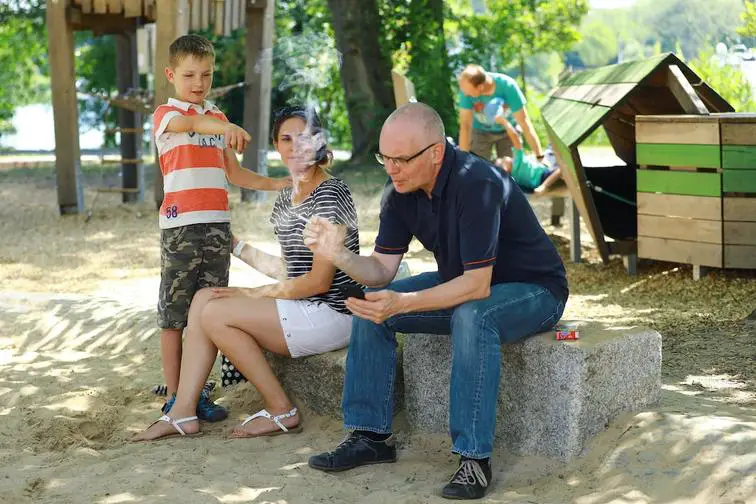
Sanin Kaigan National Park is a stunning coastal park located along the Sea of Japan. It covers an area of approximately 1495.
7 square kilometers, encompassing mountains, forests, and seascapes.
What to see or do: The park offers plenty of outdoor activities, such as hiking, fishing, swimming, and camping. Visitors can also enjoy beautiful scenic drives along the coastline and catch panoramic views of the sea and the mountains.
Don’t miss: The park boasts a variety of attractions, such as the Tottori Sand Dunes, the Mitokusan Sanbutsu-ji Temple, and the scenic Sakaiminato port.
A visit to the park’s hot springs is also a must-do activity.
Insider travel tips: To fully experience the park, visitors are recommended to explore the area by car.
The park can be accessed from various points along the coast, but it is best to start from Tottori or Yonago.
It is also advised to check the park’s website for opening hours and seasonal closures.